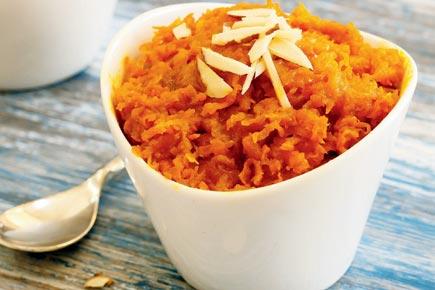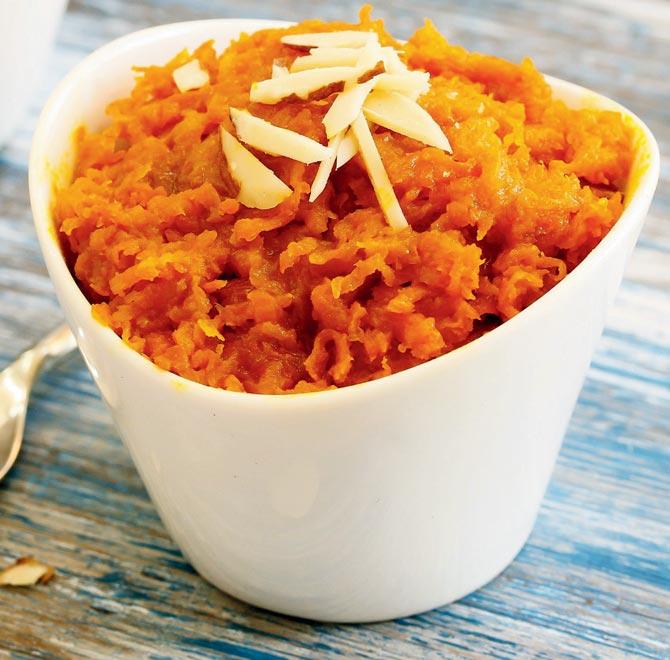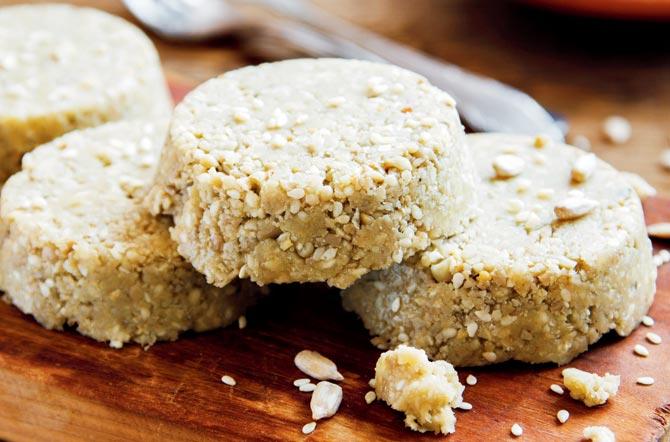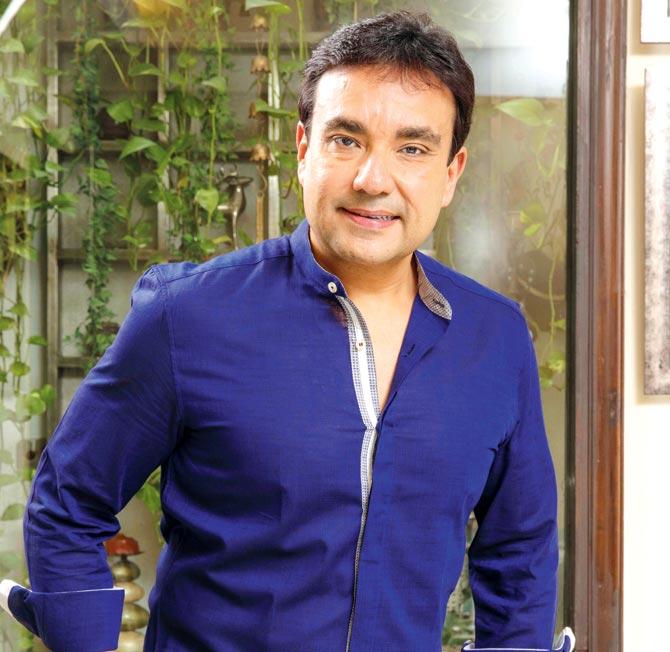In this extract from his new book, Monish Gujral traces the roots of the gooey treat and why the carrot-version is the ultimate dessert


There are various global versions of the food we eat, depending on the ingredients and regional produce. I have travelled around the globe and found, for example, that many countries have their own variations of our halwa.
Halwa refers to many dense, thick and sweet confections across South, Central and West Asia, North Africa, the Horn of Africa, the Balkans, Central Europe, Malta and the Jewish world.
Sesame halwa is popular in Balkan countries such as Poland and in the Middle East. In the Mediterranean region, sesame butter and tahini paste are the key ingredients, besides sugar or glucose. Eastern European countries like Belarus, Romania, Bosnia and Russia use sunflower seeds to make halwa.

While touring Turkey extensively to research for my book On the Kebab Trail, I found that they too have a halwa like our candyfloss called floss halwa. Floss halwa is a traditional sweet, made by flossing thin strands of halwa into a light confection. Made primarily of wheat flour and sugar, the strands are continuously wrapped into a ball and then compressed. The result is a halwa with a light consistency. It is made in regular and pistachio flavours.
The most popular form of halwa in Bahrain is a jelly-like sweet called halwa Bahraini, which is called rehash in Kuwait. In Egypt, halwa is a popular confection that is relatively inexpensive and comes in pistachio, chocolate and mixed nut flavours, though they are sesame seed based.
Sesame halwa is a classic dessert in Greece and Cyprus. Halwa-halvardeh is the Iranian name for their tahini-based halwa, which includes whole pistachio nuts. Ardeh is processed sesame in the form of a paste, usually sweetened with sugar. Halwa made with flour, butter and sugar is spread on a plate in a thin layer and is often flavoured with rose water.

Monish Gujral
Halwa came to Russia from Central Asia. Halwa containing bars, cakes or waffles (with or without chocolate, nuts or seeds) are now widespread.
Alva, as halwa is called in Serbia, is common to the whole region and popular at local church fairs around the country. Xalwo, a staple of Somalian cuisine, is a popular confection served during special occasions, such as Eid and wedding receptions. It is made with sugar, cornstarch, powdered cardamom and nutmeg, clarified butter and some local flavours, to enhance taste.
Aluva is served at the traditional Sri Lankan New Year in April. This halwa is generally made with rice flour and sugar. Cashew nuts are often added for taste. In Tajikistan and Uzbekistan, the traditional name for halwa is lavz. Soft sesame halwa is made with sugar syrup, egg whites and sesame seeds. Solid sesame halwa is made with pulled sugar, which is stretched, till it is white coloured.
Sesame is added to warm sugar and spread on large trays. As a child, I would get up early in the morning to go to Chandni Chowk’s Gurdwara Sis Ganj Sahib with my grandmother. I would wait for the halwa after it had been offered as prasad. I would tell my granny to get at least 5–6 portions. How I relished that taste!
Halwa is often cooked at home. There are many variations—sooji (semolina), whole wheat, gram flour (besan), besides carrot, raw papaya, pumpkin, fig and surprise, surprise, even egg.
The standard recipe for semolina halwa is referred to as ‘1:2:3:4’ as it comprises one unit of oil, two of semolina, three of sugar and
four of water.
In my opinion, carrot halwa is the ultimate Indian dessert, or should I say the king of Indian desserts. There could be nothing more perfect than a bowl of warm carrot halwa on a cold winter day.
The chewy, caramelised carrots, slow-cooked in an open pan for almost an hour are a heavenly treat in themselves.
Gajar Halwa
Ingredients (for 6 servings)
12 tender, juicy red carrots
3 tbsp + 2 tbsp ghee
25 cashew nuts, chopped
3 cups full cream milk
1/3rd cup condensed milk
2 tbsp seedless raisins
5–6 green cardamom pods, crushed
6–7 saffron strands
1/3rd cup sugar
To decorate
3 silver leaves
Method
Scrub the carrots well.
Trim both ends and scrap off the outer skin.
Grate the carrots.
Put 3 tbsp of ghee in a heavy-based wok over moderate heat.
Fry the cashew nuts, till light gold.
Remove and drain on kitchen paper to absorb excess fat.
Add the grated carrots and cook, stirring all the while, for 25 minutes.
Pour in the milk and condensed milk and cook over moderate heat, stirring occasionally till the mixture thickens and the milk is fully absorbed.
Add the sugar, mix well and stir for another 10 minutes, till the halwa thickens again.
Mix in the remaining ingredients, including the ghee and fried cashew nuts.
Cook for 5-10 minutes, till the halwa leaves the sides of the pan.
Transfer to a serving dish, decorate with silver leaves and serve hot.
Excerpted from On The Dessert Trail: Around the World in Eighty Desserts by Monish Gujral, Penguin Random House India
 Subscribe today by clicking the link and stay updated with the latest news!" Click here!
Subscribe today by clicking the link and stay updated with the latest news!" Click here!









